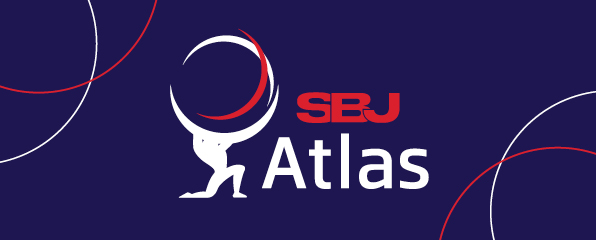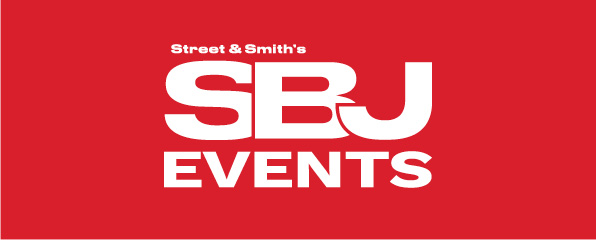Is Technology Changing The Game and What Does It Mean For The Storyteller?
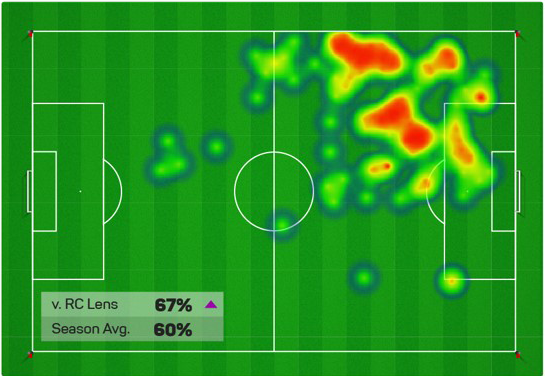
Stats Perform’s Bradford Griffiths explains how the company’s new Opta Vision service will further enhance soccer coverage.
Technology has revolutionized the way we watch soccer, and it is increasingly altering the manner in which the game is discussed in TV studios. In press boxes and studios, commentary has gone way beyond old clichés. Now commentators, presenters, and pundits have rapid access to the kind of rich data that enables them to share deeper analysis, participate in more meaningful conversations and, ultimately, provide a more engaging service for fans.
Standards will be raised further during the coming season through the introduction of Stats Perform’s Opta Vision. The new data feed service combines Stats Perform’s industry leading Opta Vision event data with tracking data for the first time to create a single, merged dataset. While Opta Vision will deliver richer performance insights to Stats Perform’s professional team partners, it will also create exciting new opportunities for broadcasters and publishers to generate new storylines around leading competitions. The service will be introduced across leading European leagues from 2022-23, and fans across England, Italy, Germany, and France can expect a deeper understanding of what exactly is happening in the game they are enjoying.
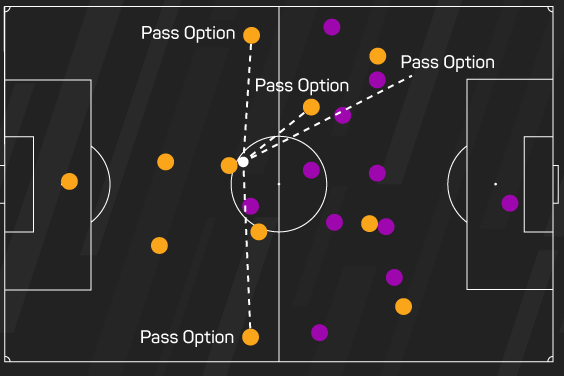
“The premise is richer data, greater context, and better storytelling opportunities,” says Bradford Griffiths, vice-president of Data and Computer Vision at Stats Perform. “We are very excited to be introducing the next generation of Opta data to our customers. By synchronizing event and tracking data and then utilizing our AI capabilities to generate enriched insights, not only will we be enabling performance analysts to identify new performance trends, we will be empowering broadcasters to tell better stories, and create more engaging content.”
Key elements
During the 2022-23 season, Opta Vision will provide a series of models to broadcasters that focus on key elements of the game. The merged dataset utilizes Stats Perform’s Qwinn AI tools to generate enriched data outputs, comprising of many new data points and predictive metrics. Opta Vision’s tracking data includes stadium feeds from camera systems installed at match venues and, for the first time, remote tracking collection from video sources, which leverage cutting-edge computer vision technology. The initial models include team shape, pass predictions, pressure, and line-breaking passes, with more to come as the service is rolled out further.
The team shape model is an enhancement upon the two-dimensional heat map graphics that currently show where players touch the ball. Additionally, it will produce graphics showing the average location of every player’s ball touches. The model will enable production teams to understand changes to a team’s shape, with and without the ball, a players’ role within their team’s shape and how that influences the play. Similarly, the pressure model looks at who is involved in applying pressure to the player in possession and where they are doing it on the pitch. With pass predictions, millions of data points are assessed while considering the movement of attacking and defending players in the moments leading up to a pass.
These models can be brought to life through easily digestible visualizations overlaid on the broadcast.
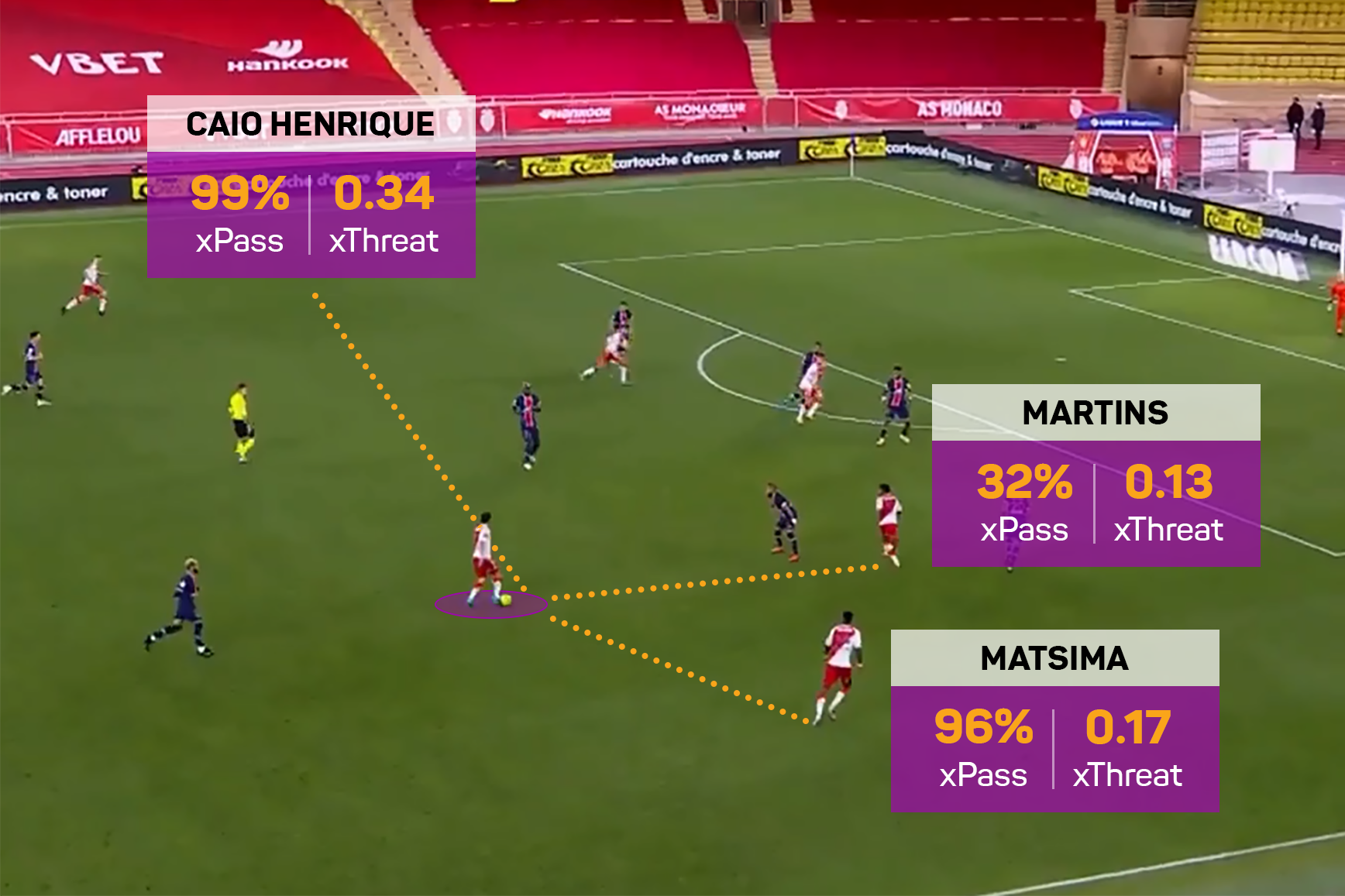
“These new insights create storytelling narratives that can be carried throughout a broadcast from pre-match, in-game and post-match analysis, or even an entire season,” Griffiths said. “It could be related to how team shapes change through different game states and substitutions, and how that impacts the game, or how and where players and teams apply pressure, or any other theme of interest to the broadcaster.”
“Opta Vision benefits everyone,” continued Griffith. “Broadcasters and their talent have new talking points and new ways to interpret and analyze the game. For production teams, there will be new content that can be weaved into the broadcast in less time supporting the commentator narratives. In this way the data isn’t just used during halftime conversations, but can be incorporated in real-time into analysis during the game. Of course, these things lead towards the most important objective of engaging and entertaining the viewers and fans. They get an enhanced experience and new information they can enjoy deliberating with friends.”
Flexible service
Opta Vision has been enthusiastically welcomed by Stats Perform’s broadcast partners, with early pilots having already been delivered in major broadcasts. Broadcasters appreciate the viewing public’s growing interest in statistics, while their pundits and commentators understand that there is increasingly an expectation that they will use sophisticated data to back up their assertions. Stats Perform offers broadcasters a flexible service that works with their teams to provide the best coverage to their viewers.
“We know there’s an appetite among the broadcasters and they are looking forward to incorporating the models ahead of this season,” said Griffith. “We have a diverse range of partnerships with broadcasters in terms of how we assist them. Some might have their own internal analysts who we work with enabling them to build on top of that to develop their production story for a match. Some broadcasters might not have their own analysts so we deal directly with their presenters and pundits, looking at talking points and potential narratives, providing pre-packaged content. A broadcaster’s production team could take data output and visualise that themselves, or we can create visualizations for them. We can and do support broadcasters in many different ways based on their own internal processes and resources.”

